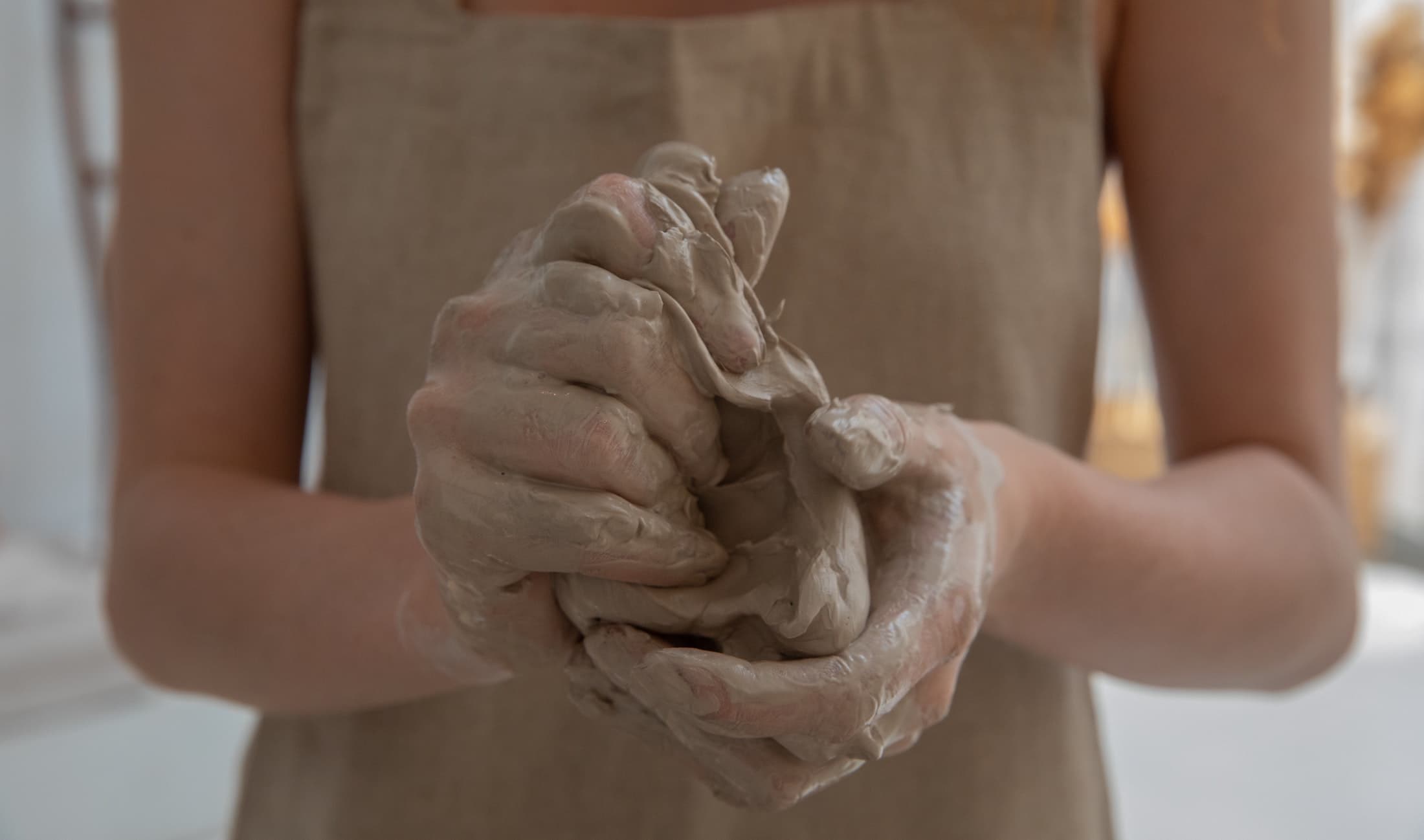One thing working and reading a lot in the horror world is that creature design is an absolute artform. From beginning to end. And even if it isn’t about creating a creature, forming something from nothing comes in many forms. Sculpture design and molding is being used by professionals, amateurs, and hobbyists more and more to create some of the neatest things.
And over and over again, a specific brand is mentioned as one of the main options. That’s right, monster clay. The question is, what exactly is it and what is it used for? And if I am sold on it, how do I get started using it?
What is Monster Clay?
Monster Clay is modeling clay that is considered professional grade, used by many of the top pros but also is very common among hobbyists and up-and-coming artists. In the movies it’s used by SFX (special effects) departments for creating things with a lot of detail. It is a brand, but it also has become synonymous with certain type of clay work. It has many uses in horror and sci-fi projects, while being one of the more expensive but “professional” options for many looking for a top-notch look.
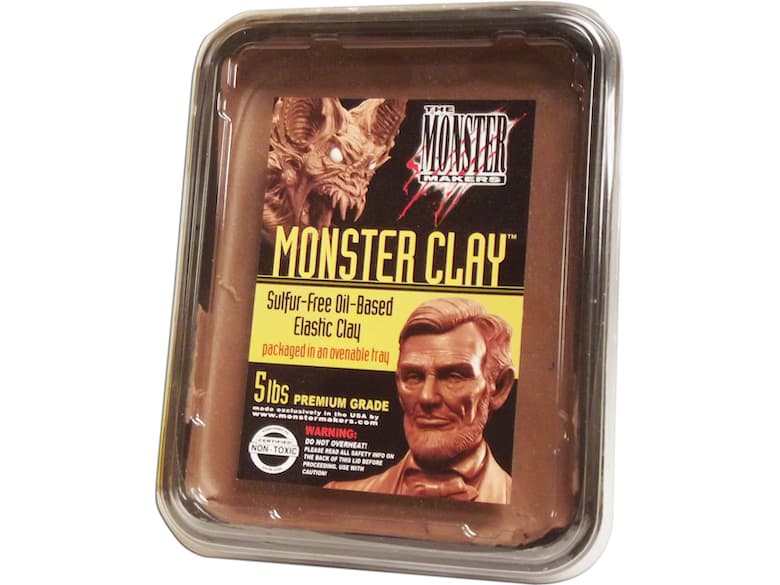
It is a non-drying, oil/wax-based sculpting material that can be reused and remelted indefinitely. It is hard when you first open the container, but it melts in relatively low temperatures so it is easy to throw it into the microwave or slow cooker to soften it in order to sculpt. It works well with both tools or fingers since it doesn’t stick to your fingers like some other mediums.
There are different grades. Soft grade monster clay is often used for larger pieces, such as busts or larger sculpts, since it is quite malleable immediately out of the container (but may not be as good for finer detail). The medium-grade monster clay is considered a more all-purpose workhorse for a lot of different uses. The hard grade monster clay is often used for more detailed work like small figures. But as one gets more accustomed to the material many find that melting and mixing the different grades creates custom pieces that work best using the different grades.
A common use for all the grades is melting them and pouring copies of life casts directly from alginate molds, which is a material made out of seaweed that has become one of the most popular choices for casting projects.
How to Use Monster Clay
Heating It
First, read the instructions. Always a good idea. Monster clay shouldn’t be heated above 170 degrees F. Because of this, while many do use a microwave, a slow cooker or some other safer options is common (though not absolutely necessary). Ultimately you just don’t want to burn the clay, so be careful. Burning the clay creates smoke, a bad smell, or even can start a fire.
Shaping It
Shaping the sculpt often involves building up small globs of the material on existing surface and blending the globs together to create what is intended in the figure, one piece at a time. An alternative is that you can melt the material until it becomes much more fluid and brush it onto something to quickly create a base layer. Once that is done, the remaining sculpt can be created on top of that.
When it is cooled, the surface of the figure can be shaved and carved to create the various details you want. You can smooth it gradually using brushes and sponges, as well as use various solvents like talc or naphtha.
Using Moulds
You can make a silicone mould first and pour the melted clay into it. After that, carve and add additional clay to make designs based on what the original looks like or customize each one.
Here is Jazza on Youtube demonstrating an example of how he did a monster clay sculpting project.
Here is Bill Doran and his friend Nick Kettman of Modulus Props demonstrating some work using monster clay.
Examples of Monster Clay Sculptures
While it’s good to look at the professionals, there are also a lot of semi-professionals, hobbyists, and artists of different kinds making some fantastic stuff using monster clay.
Here is Aris Kolokontes and his work-in-progress sculpt using monster clay.
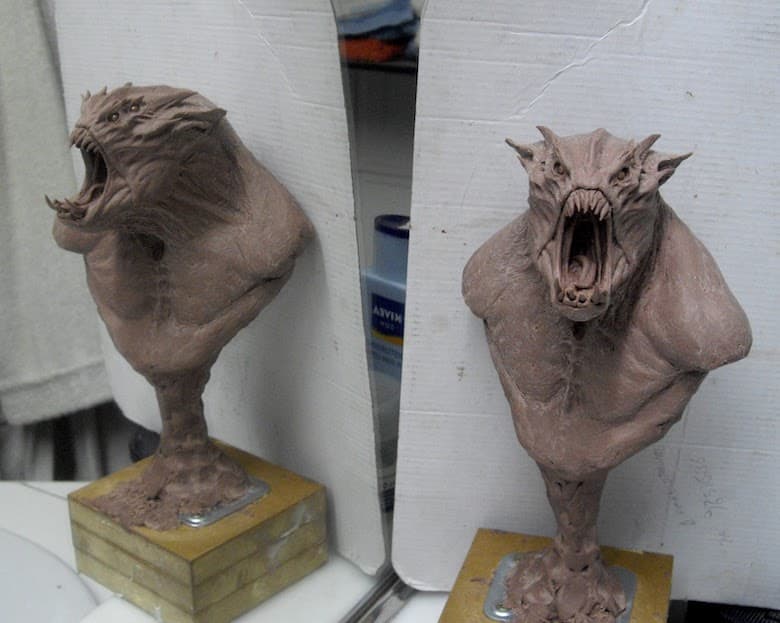
Here is Luke Welch’s monster clay sculpture here.
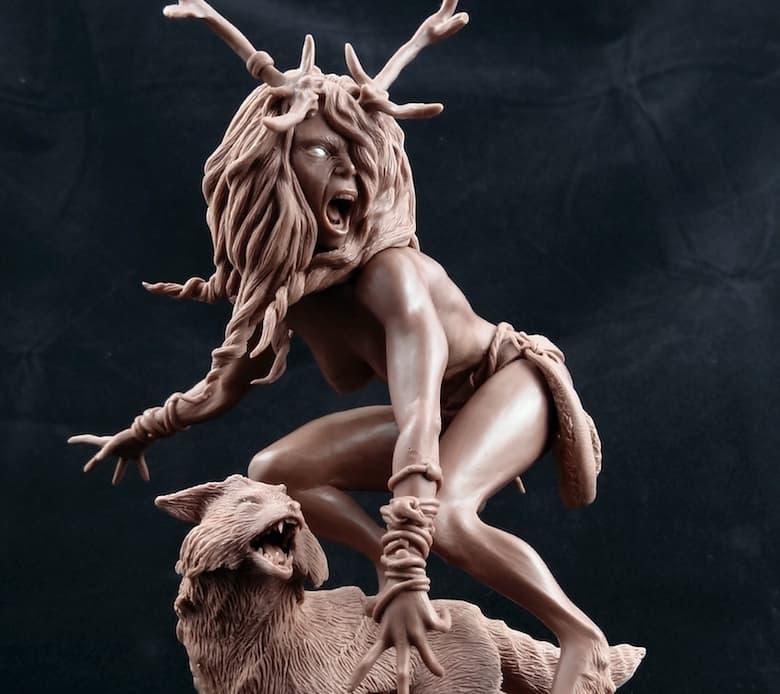
Here is Richard Svensson making a cute little guy on his blog.
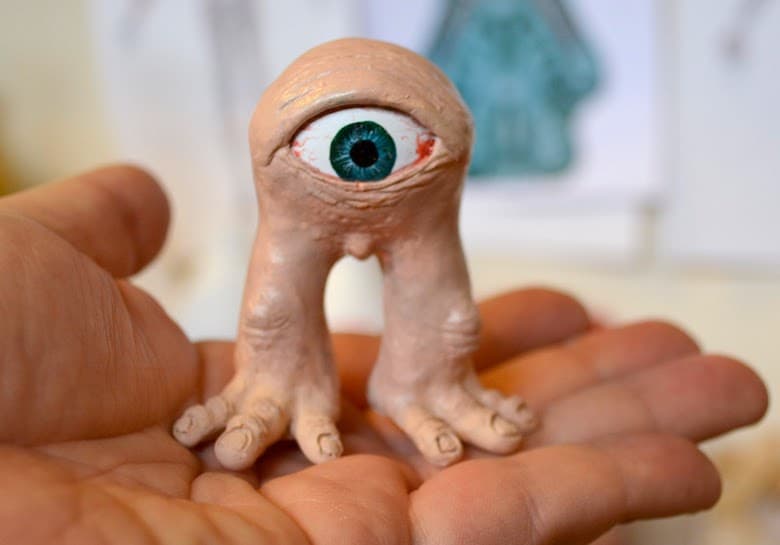
Here is Merkus over on the forums at Graffe.com and his sculpture using the same material.
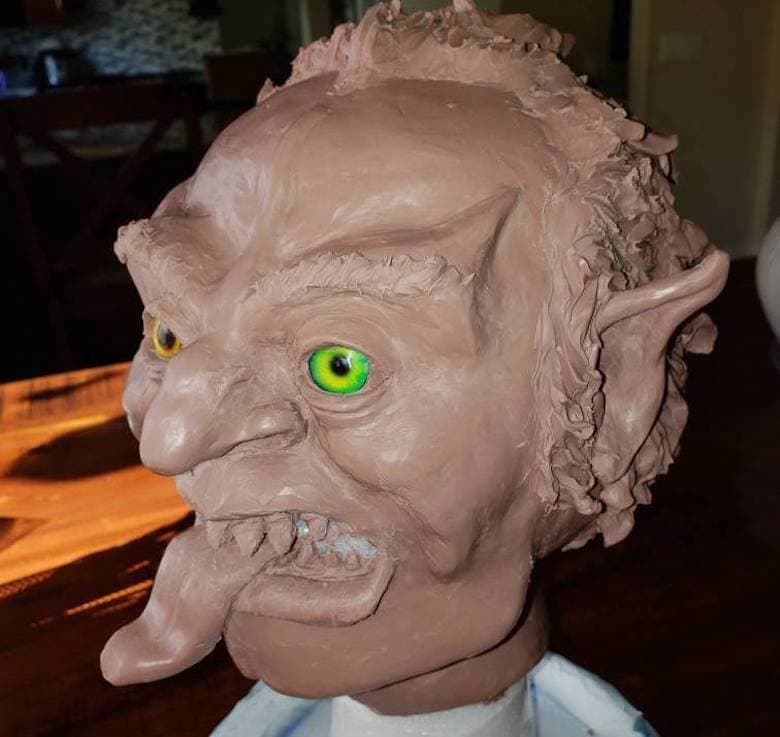
Reviews and Where to Buy
Monster Clay Premium Modeling Clay (which is basically the main product in the line of products) currently has a 4.8 out of 5 on Amazon, with 1,300 reviews. So in short, the reviews are very solid.
Props Foundry finds that it works best with organic figures: “I really like it to make workable copies and sculpt organic forms. Mechanical and hard surfaces are difficult as it does not smooth out shiny but rather bumpy.”
Pottery Craft finds that it is “great for beginner to advanced artists” and has “great color” compared to the alternatives.
WowPencils.com says it is “a fantastic premium-grade material praised by professional sculptors, creature designers, and artists who are interested in casting reproductions” and “in comparison to other oil-based clays, Monster Clay has a lower density, so customers get 25% more material at the same cost.”
Where to buy monster clay? Try Amazon, links below.
[button href=”https://www.amazon.com/Monster-Clay-Premium-Grade-Modeling/dp/B0977JKQ1B” type=”btn-default” size=”btn-lg” style=”margin:10px 0 0 0;” target=”_blank”]Buy Soft Monster Clay[/button] [button href=”https://www.amazon.com/Monster-Clay-Premium-Grade-Modeling/dp/B0722NKKYF/” type=”btn-default” size=”btn-lg” style=”margin:10px 0 0 0;” target=”_blank”]Buy Medium Monster Clay[/button] [button href=”https://www.amazon.com/Monster-Makers-Premium-Grade-Modeling/dp/B0977HVSST/” type=”btn-default” size=”btn-lg” style=”margin:10px 0 0 0;” target=”_blank”]Buy Hard Monster Clay[/button]Photo by Monstera from Pexels
Last Updated on February 6, 2022.

